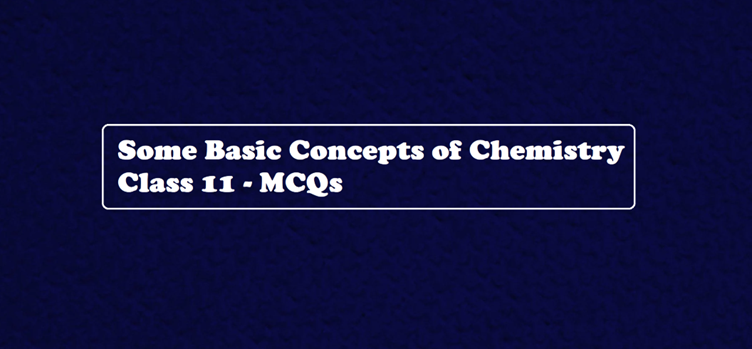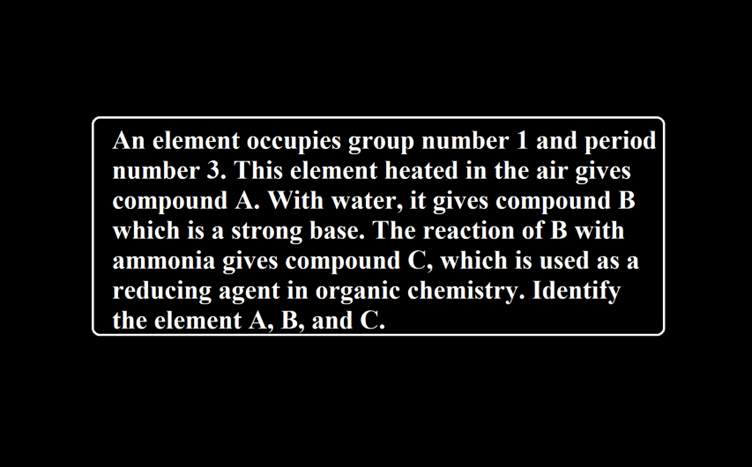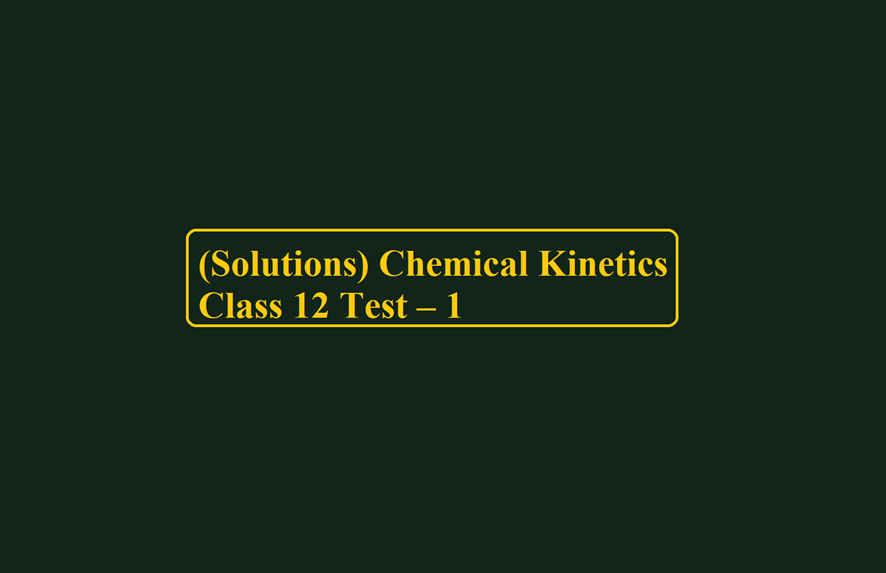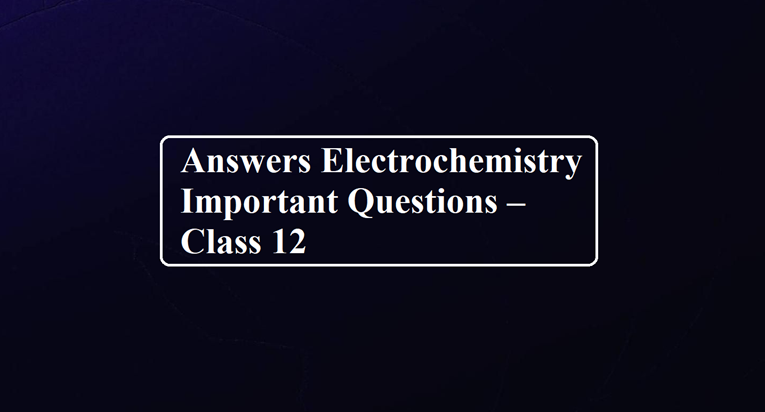Some Basic Concepts of Chemistry Class 11 – MCQs (Answers) Ans 1. Ans 2. 6.023 × 1023 has four significant figures. The total number of digits in a number including the last digit whose value is uncertain is called the number of significant figures. Ans 3. All non-zero digits are significant. Hence, there are 6 significant figures in 10.3406 g. Ans 4. 0.02856 × 298.15 × 0.112 /0.5785 Ans 5. Precision refers to the closeness of various measurements for the same quantity. Accuracy is the agreement of a particular value to the true value of the result. Thus, A and…
Author: Dr. Vikas Jasrotia
Matter in Our Surroundings Notes Class 9 The post Matter in Our Surroundings Notes Class 9 involve following topics: Introduction Composition of Matter Matter and Properties of Matter Diffusion States of Matter Rigidity & Fluidity Interconversion of the state of Matter Effect of change of temperature & pressure Latent Heat Latent heat of vaporization and Fusion Sublimation, Evaporation, Cooling Effect INTRODUCTION: ◊ Everything in this universe is made of materials that scientists named‘ matter’. ◊ A pencil, a pen, a book, the food we eat, the clothes we wear, the walls of our houses, doors– everything around is made up…
Some Basic Concepts of Chemistry Class 11 -MCQs Some Basic Concepts of Chemistry Class 11 1. If the measured temperature on the Fahrenheit scale is 200°F then the reading on the Celsius scale will be ……. (a) 40°C (b) 94°C (c) 93.3°C (d) 30°C 2. Which one of the following data has only four significant figures? (a) 6 023 × 1023 (b) 285 cm (c) 0.0025 L (d) 0.200 g 3. The number of significant figures in 10.3406 g is …… (a) 2 (b) 3 (c) 1 (d) 6 4. The result of which of the following has/have the least…
s block elements – Important Questions & Answers s block elements Que 1. Why are alkali metals not found in nature? Ans 1. Due to high chemical reactivity alkali metals do not occur free in nature. They are found in the earth’s crust in the form of halide, sulphate, carbonate, silicate, borate, oxide ores, etc Que 2. Why are halides of beryllium polymeric? Ans 2. The halides of Be are electron deficient as their octets are incomplete. Therefore, to complete their octets, the halides polymerize. Que 3. Arrange the alkaline earth metal carbonates in the decreasing order of thermal stability.…
Que. Discuss the various reactions involved in the Solvay process. Ans. In the Solvay process. When carbon dioxide is passed through a concentrated solution of brine saturated with NH3, NaHCO3 gets precipitated. NaHCO3 on subsequent heating gives Na2CO3. NaCl + NH3 + CO2 + H2O → NaHCO3 + NH4Cl 2 NaHCO3 → Na2CO3 + CO2 + H2O CO2 needed for the reaction is prepared by heating calcium carbonate and the quick lime, CaO is dissolved in water to form slaked lime, Ca(OH)2 CaCO3 → CaO + CO2 CaO + H2O → Ca(OH)2 NH3 needed for the purpose is prepared…
Que. An element occupies group number 1 and period number 3. This element heated in the air gives compound A. With water, it gives compound B which is a strong base. The reaction of B with ammonia gives compound C, which is used as a reducing agent in organic chemistry. Identify the element A, B, and C. Ans. (i) As per the position in the periodic table this element occupying group number 1 and period number 3 is sodium. (ii) When Sodium is heated in air, it forms sodium peroxide (A) 4Na + O2 → 2 Na2O2 (iii) With water,…
Que. What is entropy? Why is the entropy of a substance taken as zero at 0 K? Calculate the ΔG for the reaction? N2(g) + 3 H2(g) → 2 NH3(g) at 298K The value of equilibrium constant (K) is 6.6 × 105, R = 8.314 JK-1mol-1. Ans. It is measure of randomness or disorder of system. Because at 0K there is complete order in the system. ΔG0 = – 2.303 RT log K = – 2.303 × 8.314 × 298 × log 6.6 × 105 = – 5705.8 [log 6.6 + log 105] = – 5705.8 [0.8195 + 5.0] =…
(Solutions) Chemical Kinetics Class 12 Test – 1 Chemical Kinetics Class 12 Ans 1. (B) Rate is inversely proportional to the surface coverage Ans 2. (A). V0 ∝ a Vt ∝ a + x Vt – V0 ∝ (a + x – a) 2V0 – Vt ∝ a – x Ans 3. (B). The rate law for the dimerization of NO2 is The temperature will change the value of the specific rate constant. Ans 4. (C). According to the Arrhenius equation, a straight line is to be obtained by plotting the logarithm of the rate constant of a chemical reaction…
Chemical Kinetics Class 12 Test – 1 Chemical Kinetics Que 1. The decomposition of phosphine (PH3) on tungsten at low pressure is a first-order reaction. It is because the (A) Rate is proportional to the surface coverage (B) Rate is inversely proportional to the surface coverage (C) Rate is independent of the surface coverage (D) Rate of decomposition is very slow Que 2. For the first-order reaction, A (g) → B (g) + C (g) + D (s) taking place at constant pressure and temperature condition. Initially, the volume of the container containing only A was found to be V0 and after…
Answers Electrochemistry Important Questions – Class 12 Answers Electrochemistry Important Questions Ans 1. Cell stops working after some time because the electrode potential of both the electrodes becomes equal. Ans 2. Ammonium Chloride (NH4Cl) Ans 3. During the charging of lead storage batteries, it acts as an electrolytic cell and during the discharging of the lead storage battery, it acts as a galvanic cell. During the charging of the lead storage battery, the reactions get reversed and the cathode becomes the anode and the anode becomes the cathode. Ans 4. A dry cell becomes dead after a long time even if…








